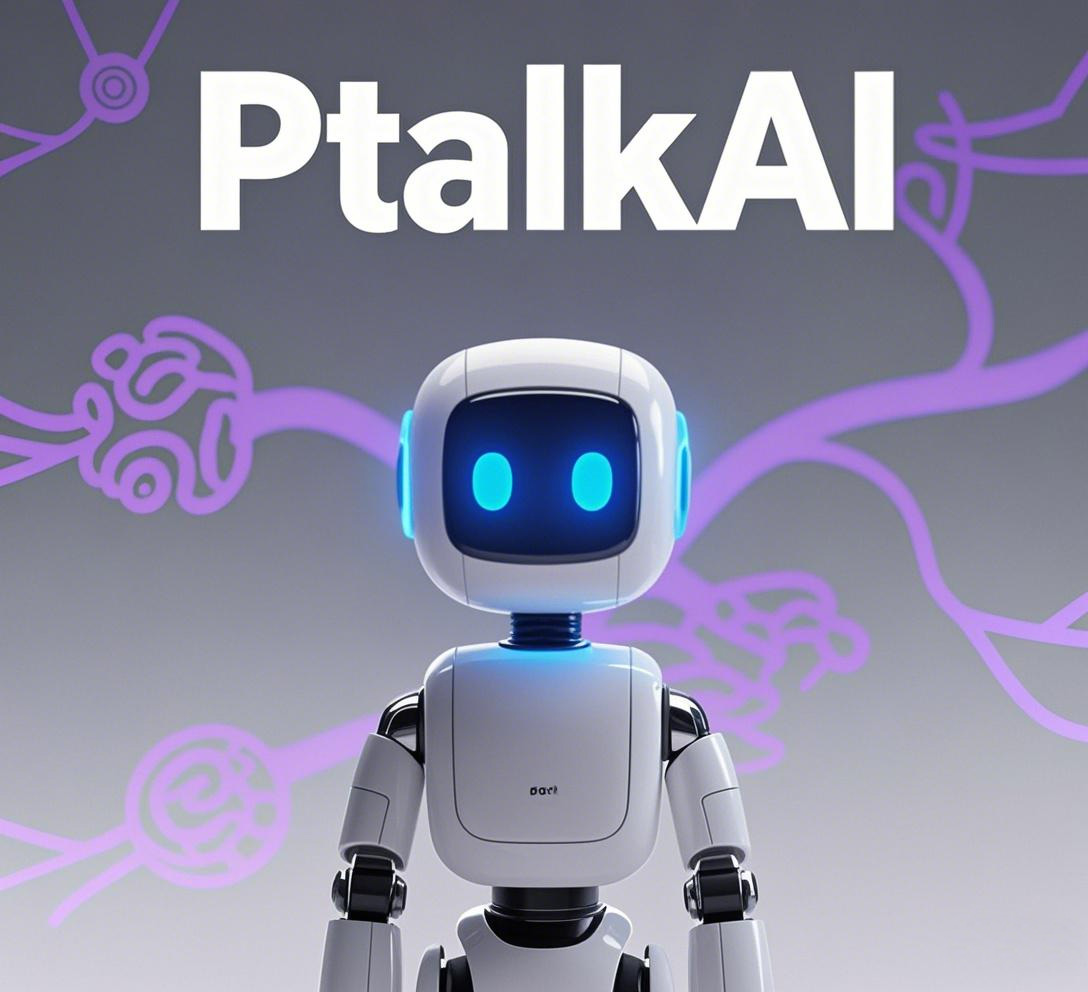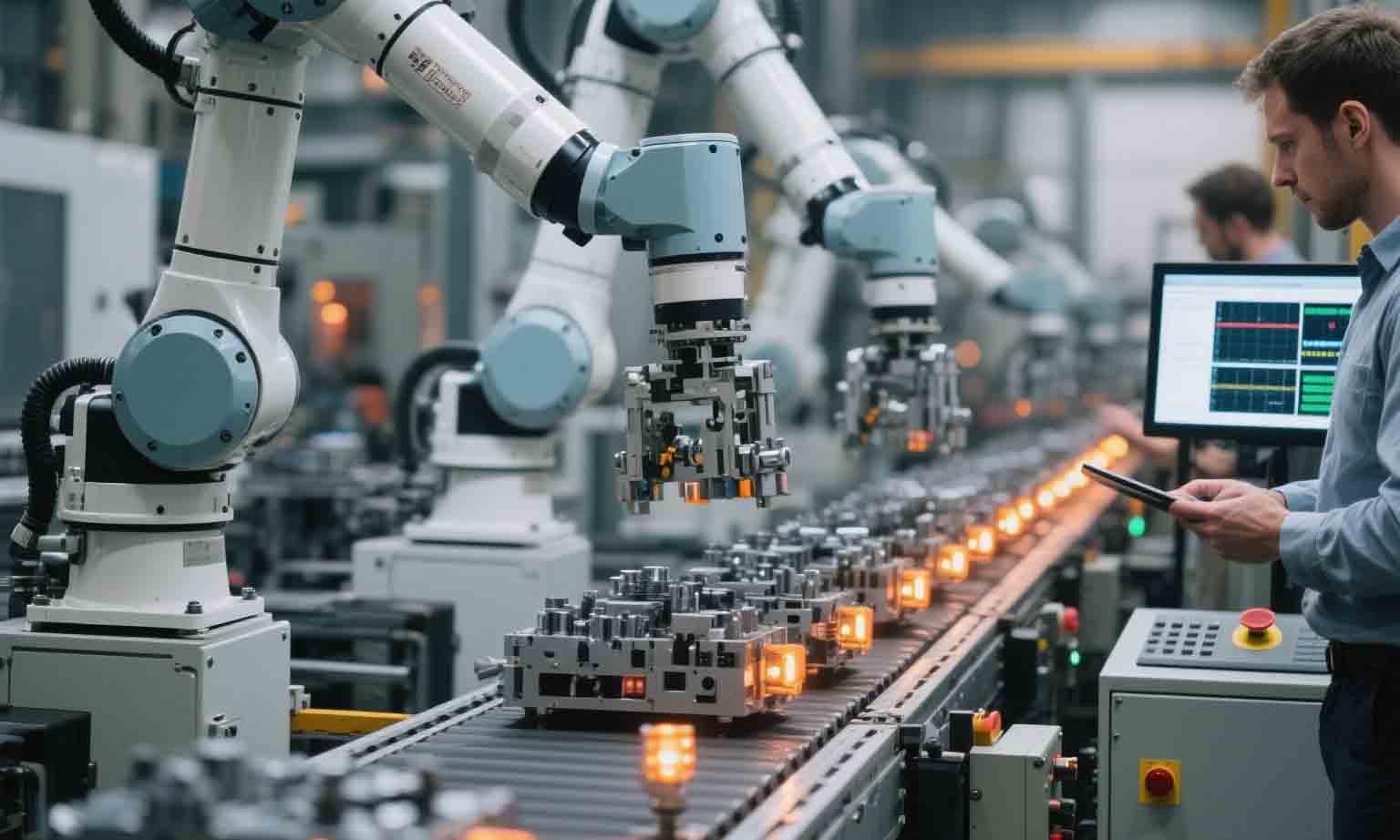AI Case Analysis: Transforming Industries and Shaping the Future
小薇 2025-06-18
Artificial Intelligence (AI) has emerged as a revolutionary force, permeating various industries and reshaping the way we live and work. By leveraging machine learning algorithms, natural language processing, and computer vision, AI systems can analyze vast amounts of data, identify patterns, and make informed decisions.
AI Case Analysis: Transforming Industries and Shaping the Future
Artificial Intelligence (AI) has emerged as a revolutionary force, permeating various industries and reshaping the way we live and work. By leveraging machine learning algorithms, natural language processing, and computer vision, AI systems can analyze vast amounts of data, identify patterns, and make informed decisions. This article explores several compelling AI case studies across different sectors to showcase the transformative power of this technology and its impact on businesses and society.
Healthcare: Revolutionizing Diagnosis and Treatment
One of the most significant applications of AI lies in the healthcare industry. AI-powered diagnostic tools are revolutionizing the way diseases are detected and treated, offering faster, more accurate, and personalized healthcare solutions. For instance, IBM Watson for Oncology is an AI system that analyzes patient data, medical literature, and treatment guidelines to provide evidence-based treatment recommendations for cancer patients. By sifting through vast amounts of medical research and clinical data, Watson can identify treatment options that may not be immediately apparent to human doctors, enabling more informed decision-making and improving patient outcomes.
Another notable example is the use of AI in medical imaging. Companies like Aidoc and Zebra Medical Vision have developed AI algorithms that can analyze X-rays, CT scans, and MRIs to detect abnormalities and assist radiologists in their diagnoses. These AI systems can identify early signs of diseases such as cancer, fractures, and strokes, enabling timely intervention and potentially saving lives. Additionally, AI-powered chatbots are being used in healthcare to provide patients with personalized health advice, answer frequently asked questions, and assist with appointment scheduling, improving patient engagement and access to care.
Finance: Enhancing Risk Management and Customer Experience
In the finance industry, AI is being used to enhance risk management, fraud detection, and customer experience. AI algorithms can analyze large volumes of financial data, including transaction records, customer profiles, and market trends, to identify patterns and anomalies that may indicate fraud or financial risk. For example, PayPal uses AI to monitor millions of transactions in real-time, detecting and preventing fraudulent activities with a high degree of accuracy. By analyzing transaction data, customer behavior, and device information, PayPal's AI system can identify suspicious transactions and take immediate action to protect its customers' accounts.
AI is also transforming the way financial institutions interact with their customers. Chatbots and virtual assistants are being used to provide personalized financial advice, answer customer queries, and assist with account management. For instance, Bank of America's Erica is an AI-powered virtual assistant that can help customers with tasks such as checking account balances, making payments, and setting up savings goals. By leveraging natural language processing and machine learning, Erica can understand customer requests and provide relevant and accurate responses, improving customer satisfaction and engagement.
Education: Personalizing Learning and Improving Outcomes
In the education sector, AI is being used to personalize learning experiences, identify areas of improvement, and provide targeted support to students. AI-powered learning platforms can analyze student data, including performance, engagement, and learning preferences, to create personalized learning paths and recommendations. For example, Khan Academy uses AI to adapt its lessons and exercises to each student's individual needs, providing targeted feedback and support to help them learn at their own pace. By analyzing student responses and performance data, Khan Academy's AI system can identify areas where students are struggling and provide additional resources and practice opportunities to help them improve.
AI is also being used to automate administrative tasks in education, such as grading assignments and providing feedback, freeing up teachers' time to focus on instruction and student support. For instance, Gradescope is an AI-powered grading platform that can automatically grade multiple-choice and short-answer questions, saving teachers hours of time and reducing the potential for human error. Additionally, AI-powered plagiarism detection tools are being used to ensure academic integrity by identifying instances of plagiarism in student work.
Challenges and Considerations
While AI offers numerous benefits, it also presents several challenges and considerations that need to be addressed. One of the main concerns is the ethical use of AI, including issues such as bias, privacy, and transparency. AI systems are only as unbiased as the data they are trained on, and if the training data contains biases, the AI system may produce discriminatory or unfair results. Therefore, it is essential to ensure that AI systems are developed and trained using diverse and representative data sets and that appropriate safeguards are in place to prevent bias and discrimination.
Another challenge is the potential impact of AI on employment. As AI systems become more capable of performing tasks that were previously done by humans, there is a concern that certain jobs may be automated, leading to job displacement and unemployment. However, it is important to note that AI also has the potential to create new jobs and opportunities, particularly in areas such as AI development, data analysis, and maintenance. Therefore, it is crucial to invest in education and training programs to help workers develop the skills and knowledge needed to succeed in the AI-driven economy.
Conclusion
AI is rapidly transforming industries and shaping the future of work and society. The case studies discussed in this article highlight the diverse applications of AI across various sectors and its potential to improve efficiency, productivity, and decision-making. However, it is important to approach the development and deployment of AI with caution and ensure that appropriate safeguards are in place to address ethical, social, and economic concerns. By leveraging the power of AI responsibly, we can create a more innovative, inclusive, and sustainable future. As technology continues to evolve, it will be fascinating to see how AI continues to shape and transform our world in the years to come.













